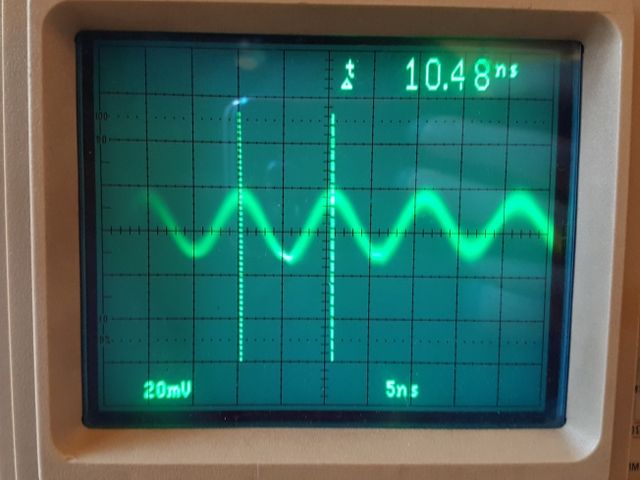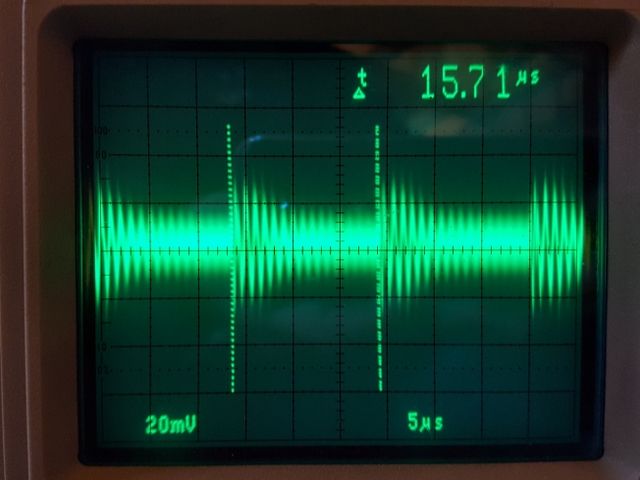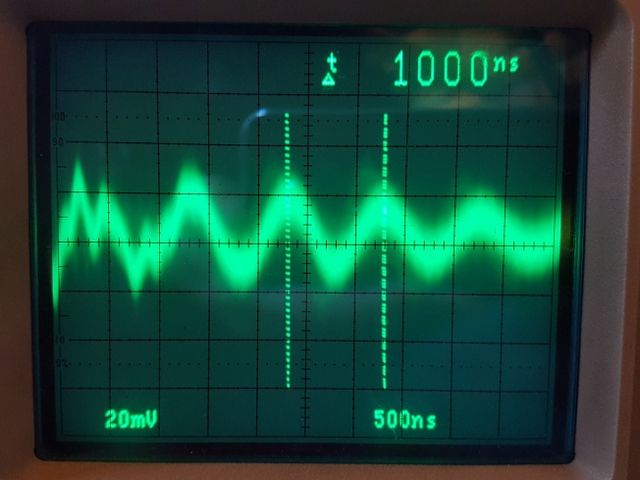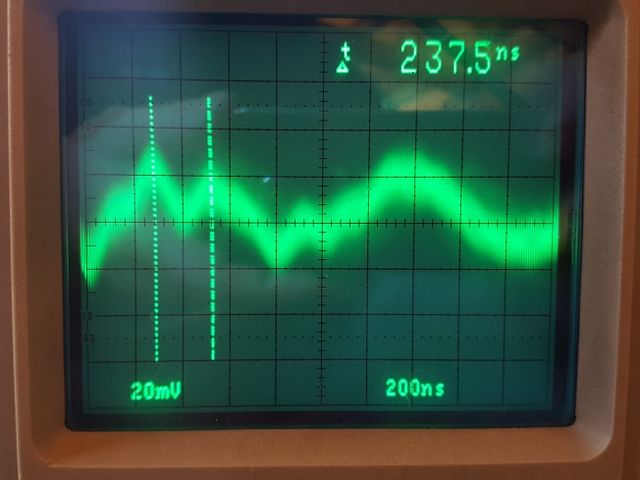RFSiesta
Well-known member
Hi,
Anyone really experienced with Trident 80 maintenance?
We spent lots of time with the issue, I'm asking here for new ideas what could be the problem:
Our Trident 80 has too much hiss/noise on the 24 monitor (group) channels.
We reduced the problem to the summing amps that are located in each channel, group bus 1 is summed on the summing section of channel 1, 2 on 2 etc. So the signal gets noisy already at the monitor insert sends on the pb.
Since the hiss is on any channel, yet at different levels, and did go almost away when moving channels/the global pcbs with edge connectors for the channels, but could not at all be reduced to bad contacts/cold solder points or the like - we are running out of ideas now.
Some more information on the desk:
We fitted the mon summing amps (exactly the same design as the remix bus amp) with AD797 instead of 5534 for the first, and OPA134 for second stage.
With this config, the channels were reacting to small movements of the boards, cabling etc with more or less hiss. It actually went away almost completely! So we figured there's a way to solve this obviously mechanical problem, but we could not find a "center": It went away when we rattled on channel 24, and came back when moving channel 5 f.ex. Then we got away by slight pressure on channel 8 or so, and it came back when touching the pcb under channel 21. We did this for days, without any solution. What a f*** joke!
When returning to original5534/071, the hiss was the same amount, but seemed to be not reacting to movement any more. (!?)
We checked all the usual suspects: Ground seems good, edge connectors are clean and tight, we removed the "slate" connections (we have no use for in our current setup), which actually are just a bus that's connected through series resistors directly to each of the buss traces. This has reduced noise a little bit, but not at all satisfied us.
One very important information could be this:
The board is divided in two halfs, 1-18 and 19-36. Inbetween we have 24 additional TSM eq modules. The left and right half of all bus traces are interconnected, gnd and voltages are star connected to several central bridges.
We found that the noise induced in the left half (especially lf content) is PHASE INVERTED to the noise of the right half - which does not make any sense at all to us, since the two blocks are identical...
As I said, we're running out of ideas. People with enough experience with global mixer issues are extremely rare in Austria, we may need to find out ourselfes.
Any help appreciated!
Anyone really experienced with Trident 80 maintenance?
We spent lots of time with the issue, I'm asking here for new ideas what could be the problem:
Our Trident 80 has too much hiss/noise on the 24 monitor (group) channels.
We reduced the problem to the summing amps that are located in each channel, group bus 1 is summed on the summing section of channel 1, 2 on 2 etc. So the signal gets noisy already at the monitor insert sends on the pb.
Since the hiss is on any channel, yet at different levels, and did go almost away when moving channels/the global pcbs with edge connectors for the channels, but could not at all be reduced to bad contacts/cold solder points or the like - we are running out of ideas now.
Some more information on the desk:
We fitted the mon summing amps (exactly the same design as the remix bus amp) with AD797 instead of 5534 for the first, and OPA134 for second stage.
With this config, the channels were reacting to small movements of the boards, cabling etc with more or less hiss. It actually went away almost completely! So we figured there's a way to solve this obviously mechanical problem, but we could not find a "center": It went away when we rattled on channel 24, and came back when moving channel 5 f.ex. Then we got away by slight pressure on channel 8 or so, and it came back when touching the pcb under channel 21. We did this for days, without any solution. What a f*** joke!
When returning to original5534/071, the hiss was the same amount, but seemed to be not reacting to movement any more. (!?)
We checked all the usual suspects: Ground seems good, edge connectors are clean and tight, we removed the "slate" connections (we have no use for in our current setup), which actually are just a bus that's connected through series resistors directly to each of the buss traces. This has reduced noise a little bit, but not at all satisfied us.
One very important information could be this:
The board is divided in two halfs, 1-18 and 19-36. Inbetween we have 24 additional TSM eq modules. The left and right half of all bus traces are interconnected, gnd and voltages are star connected to several central bridges.
We found that the noise induced in the left half (especially lf content) is PHASE INVERTED to the noise of the right half - which does not make any sense at all to us, since the two blocks are identical...
As I said, we're running out of ideas. People with enough experience with global mixer issues are extremely rare in Austria, we may need to find out ourselfes.
Any help appreciated!



![Electronics Soldering Iron Kit, [Upgraded] Soldering Iron 110V 90W LCD Digital Portable Soldering Kit 180-480℃(356-896℉), Welding Tool with ON/OFF Switch, Auto-sleep, Thermostatic Design](https://m.media-amazon.com/images/I/41gRDnlyfJS._SL500_.jpg)
































